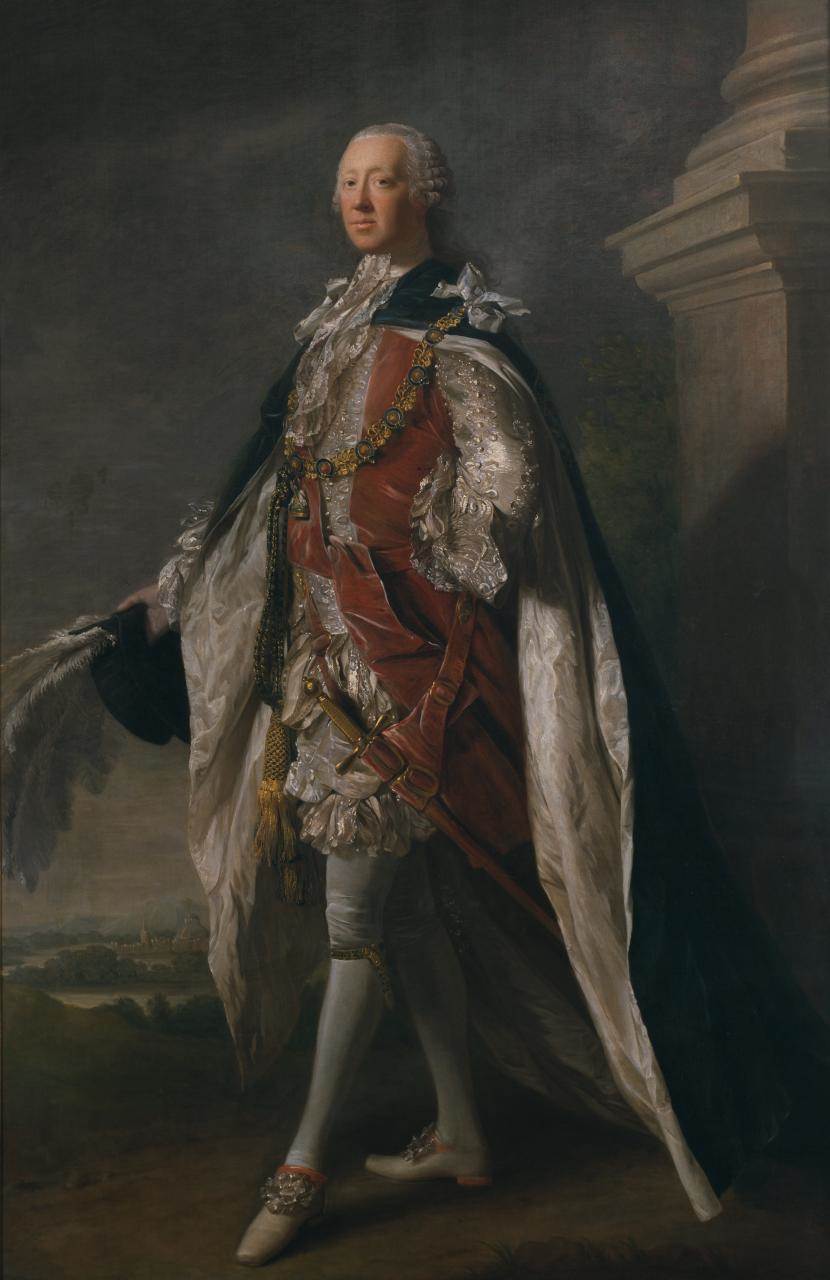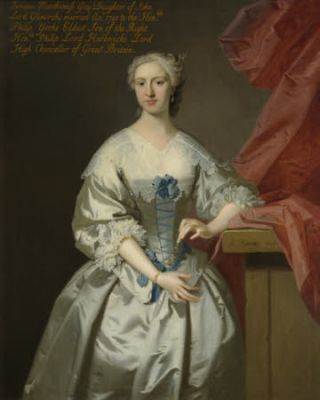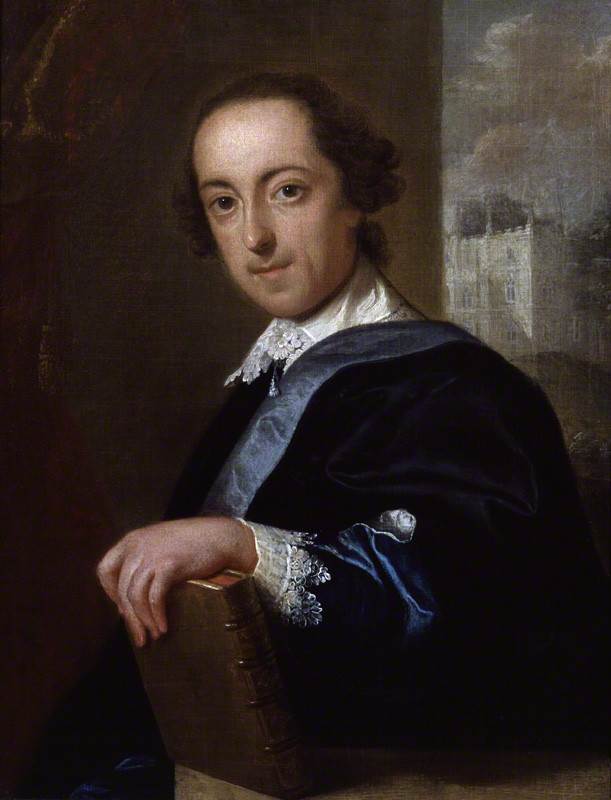Lost Worlds and Meandering Tourists
25 August 2016

Image of Earl Temple (portrait by Allan Ramsay, 1762; digital copy by National Gallery of Victoria, Melbourne) from http://www.ngv.vic.gov.au/explore/collection/work/4287/
Research Intern Blog
This week, and likely the next, I need to focus on consolidating research—basically, cramming all that I have read, annotated, and produced into big, summative documents that are intelligible to more people than just myself. It's as fun as it sounds. The point? Well, all the information and ideas I've been managing over the past weeks are going to form the Stowe House Preservation Trust's joint programme with the National Trust, under the latter's theme for next year: 'Lost Worlds'. My research project has explored the 'lost world' of historical tourism at Stowe and other country houses.
It seems strange to think of such recent history as being a world lost to us. I have a master's degree in Medieval Studies and a bachelor's in Classics, so the eighteenth century is like two weeks ago in my timeline—some historians at Oxford (not me) half-jokingly call early modern history 'journalism' (for reals). There is a lot of documentation from that period, and even quite a bit on the topic of country-house visiting from both visitors and owners. There are newspapers, advertisements, journals, letters, literature, and a whole bureaucracy full of legal and financial documents, much of which material is printed. But when I performed the questionnaire in week 2, only about a third of the people I asked knew that Stowe had been a tourist attraction before the two Trusts had taken it over.
And perhaps it should not be terribly surprising. Whenever I visit an historical house, the stories I always hear are those of the inhabitants, the wealthy and important family that made that house their home. Such stories often have a touch of drama—political intrigue, perhaps romance. I think most importantly, the information is usually a story. Who wants to know about a blip of a visit by people who came to pass the time by touring the house and grounds like we do today? Their personal stories are numerous and scattered, tied together only by their moments spent within the estate. Are their moments really part of the house's story?
By this point in my internship, I'm likely biased. As my last blog post would strongly hint, I answer in the affirmative. Especially in a place like Stowe. The entire estate was intended for public consumption. The house was a showpiece of wealth and status, designed by the most famous and sought-after architects and artists of their day—names like John Vanbrugh, William Kent, Vincenzo Valdre. The landscape was a canvas for political symbolism and likewise designed and managed by greats like Charles Bridgeman and Lancelot 'Capability' Brown.

Image of Jemima, Marchioness Grey (portrait by Allan Ramsay, 1741; photograph by the National Trust) from http://www.thepeerage.com/p2722.htm#i27216
Jemima, Marchioness Grey of Wrest Park, in fact expressed extreme disappointment in just how much public amusement motivated Lord Cobham's changes to his gardens. She remarked in a letter in 1748 that 'the Vanity of making what shall be seen and talked of by Strangers carries [Cobham] on to new Enlargements and Buildings from Year to Year, while those that are done are neglected'. Cobham's nephew, Earl Temple, seems to have taken such pride in the public ostentation of Stowe that he met tourists himself. Samuel Curwen, an exiled American loyalist, recounted a surprising encounter he and his travelling companion had with Earl Temple as they ascended the stairs to the South Portico: 'Pulling off my hat, I was going to retire, when he put his hand to his hat, and beckoned with the other to approach, which we did, and entered the great hall yet unfinished'. A much grander welcome than a housekeeper and certainly a warmer one than could be expected from Horace Walpole of Strawberry Hill, who would hide in his bedroom when visitors came to tour his house!

Image of Horace Walpole (portrait by John Giles Eccardt, 1754; photograph by National Portrait Gallery, London) from http://www.npg.org.uk/collections/search/portraitLarge/mw04761/Horace-Walpole